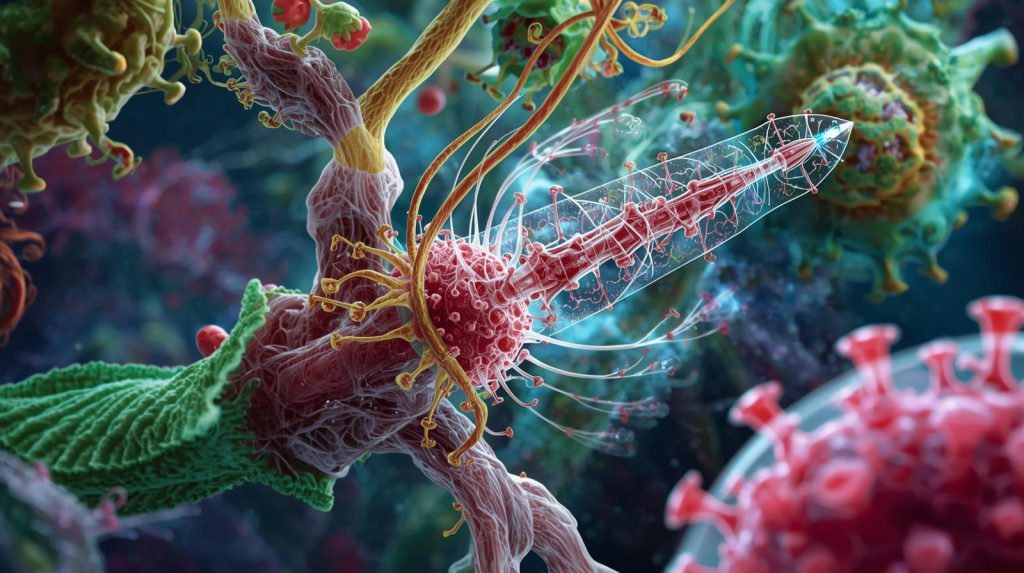Engineering Plant Immunity: Unlocking NLR Receptors for Disease-Resistant Crops
Pathogen attacks on crops threaten global food security, demanding innovative solutions for sustainable agriculture. The latest research on engineering plant immunity reveals a powerful approach using nucleotide-binding leucine-rich repeat (NLR) receptors to develop crops with enhanced disease resistance.
Plants defend themselves through a two-layered immune system:
- Pattern-Triggered Immunity (PTI): Detects general pathogen signals via membrane receptors.
- Effector-Triggered Immunity (ETI): Utilizes NLR receptors to identify specific pathogen effectors, triggering a strong immune response.
Recent studies highlight a breakthrough: by transferring both sensor and helper NLRs across plant species, scientists have successfully expanded immune recognition beyond natural taxonomic boundaries. For instance, the transfer of pepper Bs2 receptors along with NRC helper NLRs into rice enabled resistance to bacterial leaf streak—a disease with no known natural resistance genes.
Key benefits of this approach include:
- Broad-Spectrum Resistance: One NLR pair can protect against multiple pathogens.
- Durable Immunity: Conserved pathogen effectors reduce the risk of resistance breakdown.
- Synthetic Immunology Applications: Customizable immune receptors for targeted crop protection.
Future directions involve genome editing, synthetic biology, and AI-based modeling to accelerate the design of crops resilient to emerging pathogens and climate stresses.
By engineering plant immunity at the molecular level, agriculture is moving toward a future where disease-resistant, high-yield crops can secure global food production sustainably.
Reference
Peng, Y.-L. (2025). Engineering plant immunity: from nucleotide-binding leucine-rich repeat receptor functional mechanisms to practical applications. Phytopathology Research, 7(1), 97. https://doi.org/10.1186/s42483-025-00387-5







